Wild copper
Commission for Diálogo Chino
In Cusco and Apurímac, regions of the Peruvian Andes where the route known as the mining corridor is located, two of the richest copper projects in the country are based: Las Bambas and Antapaccay. The country is one of the world’s largest copper producers, second only to Chile, and with the metal representing nearly 30% of its total exports. But in spite of these economic gains, the industry poses difficulties for local communities. Complaints of damage to the environment –due to pollution generated by dust from metal transport trucks and dumping of mine tailings into rivers– as well as health problems in these areas remain unresolved.
This series was carried out in October 2022 to understand the affectations from the point of view of the neighboring peasant communities to the mining projects. People who make a living from livestock and agriculture say: “Our products are no longer normal. When we take them to the market people don’t buy our potatoes and meat. They tell us that our products are contaminated. How are we going to live!”
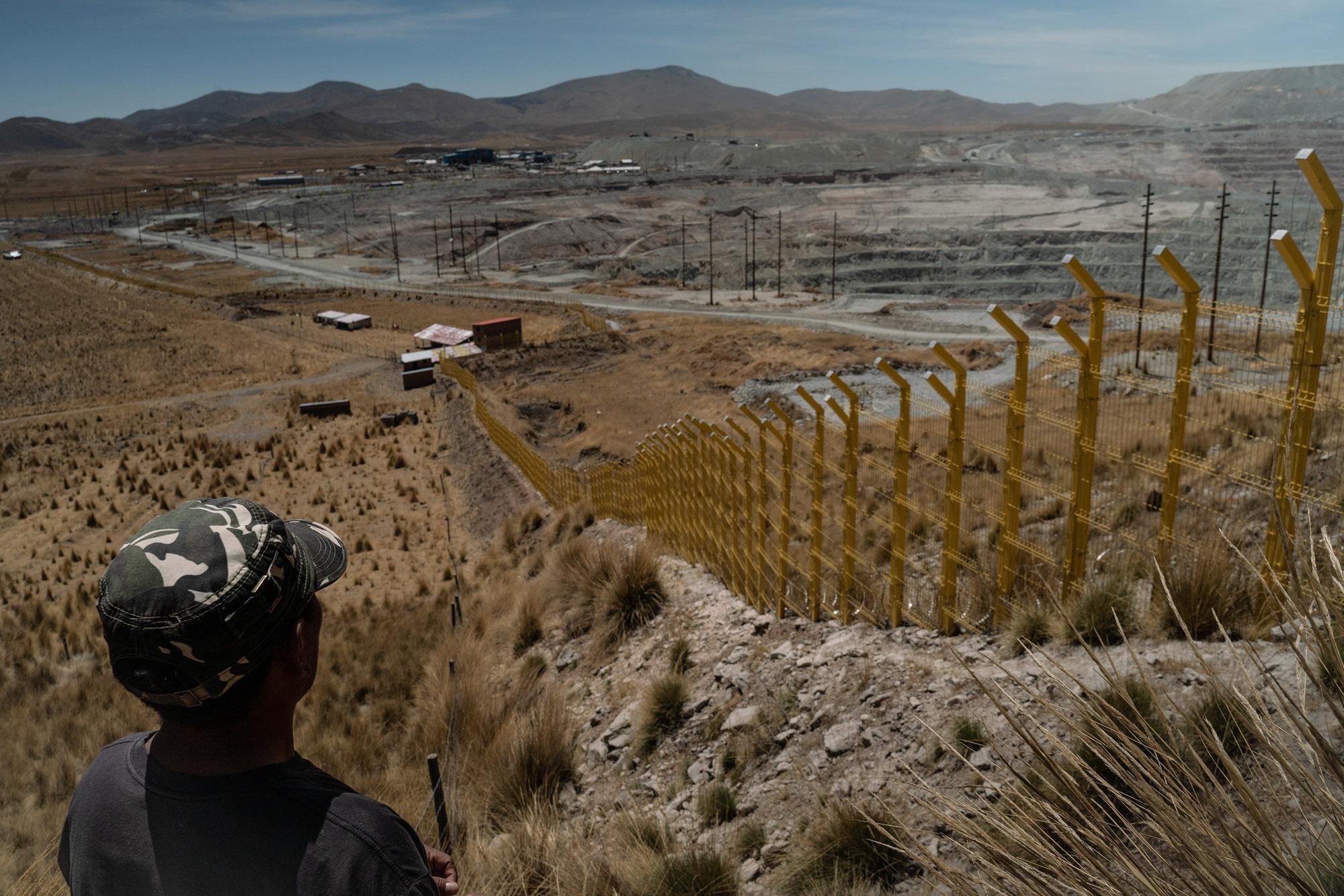
A resident of Espinar overlooks the Antapaccay copper mine from beyond its perimeter. There are fewer people living next to mining operations due to environmental changes. Peru
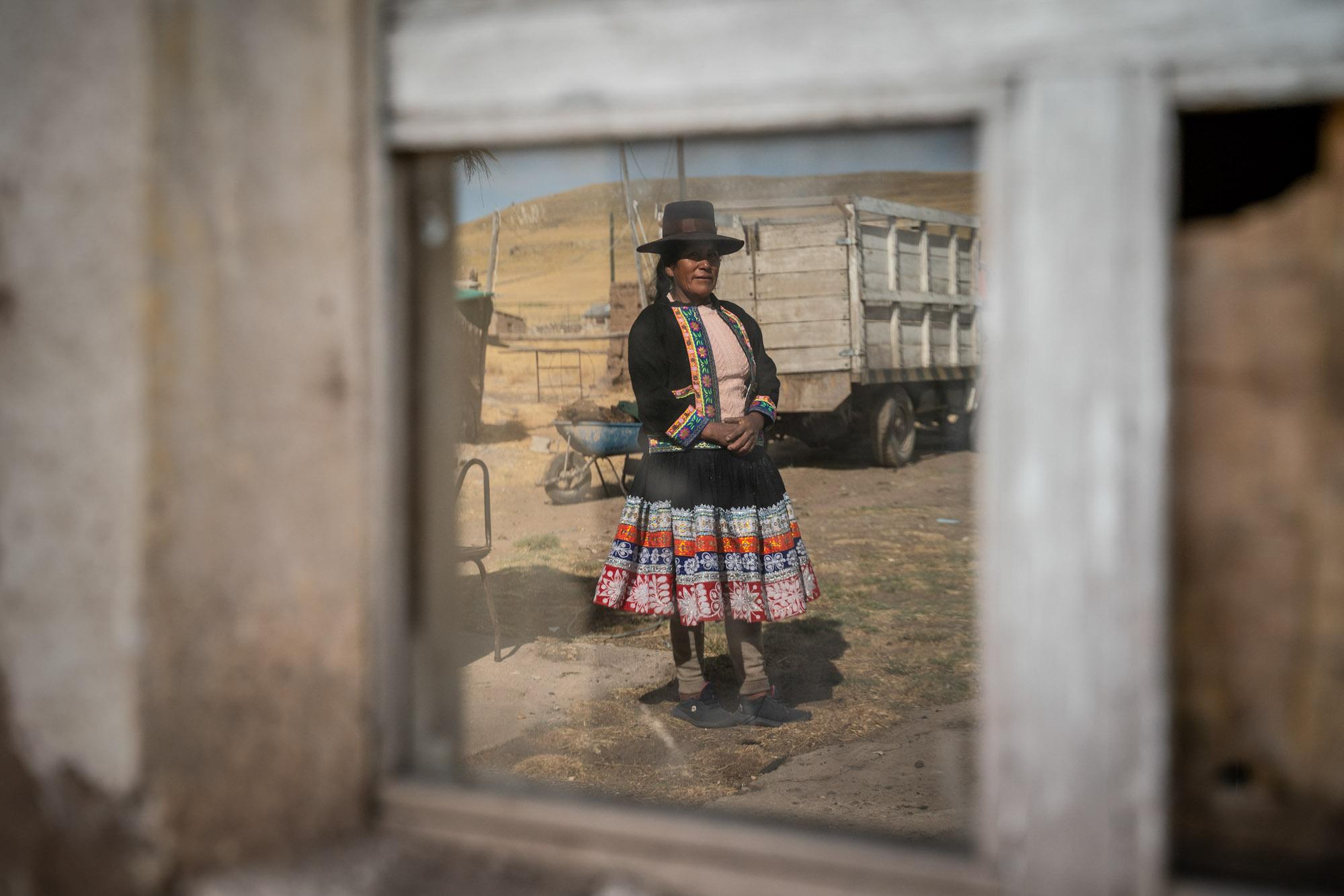
"At dawn this place is full of dust, all dark. Sometimes the water also comes muddy. It was different in the past", says Idelfonsa Achire, a livestock farmer and member of the Huisa community in Espinar, Peru.
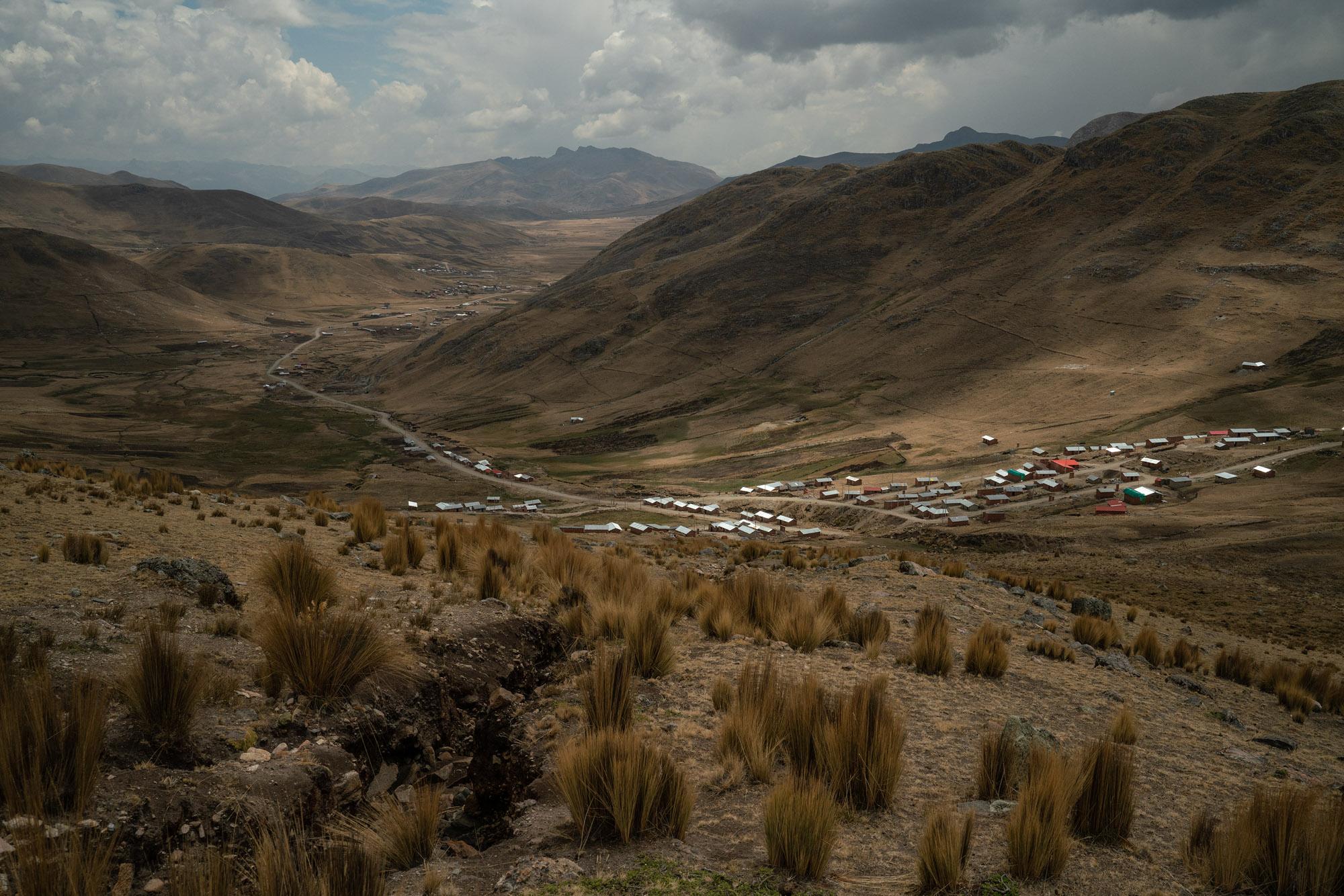
View of the peasant community of Huancuire, in Apurímac, at about 4,000 meters above sea level. The community is close to the Las Bambas project, which accounts for 2% of the world's copper supply. Peru
![Wild copper - "Since the [copper processing] plant is here, it...](https://cloud.visura.co/17126.1108470.xx_large.jpg)
"Since the [copper processing] plant is here, it affects us badly because of the wind it brings, both the dust and the noise, everything is here," says Jovita Boza with her little girl from the top of her community. Perú
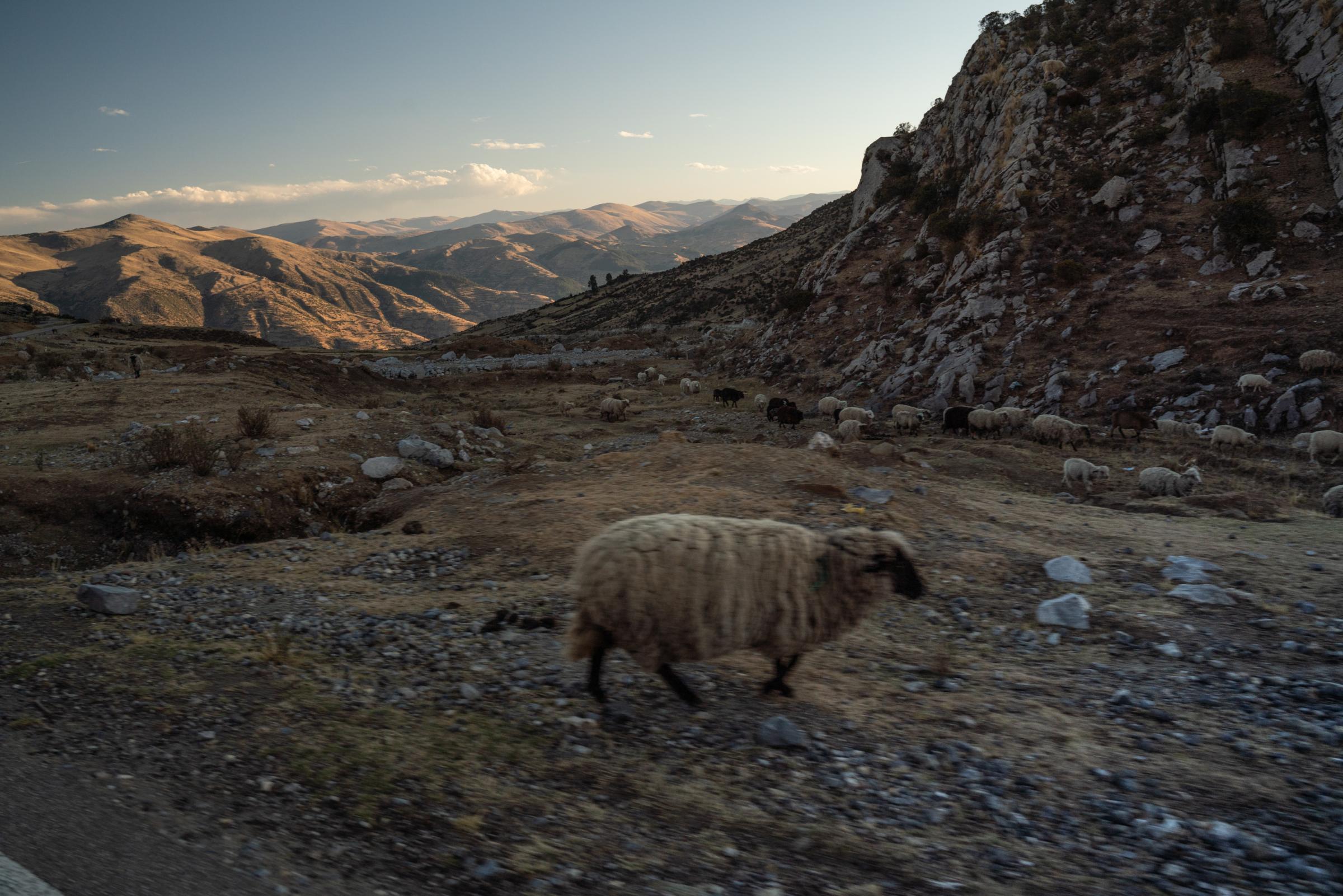
Livestock and agriculture are the main economic activities in this Andean zone. Several community members, who for years have lived next to the mining activity, denounce the death of their cattle due to the contamination of the water and the pastures they consume. Perú
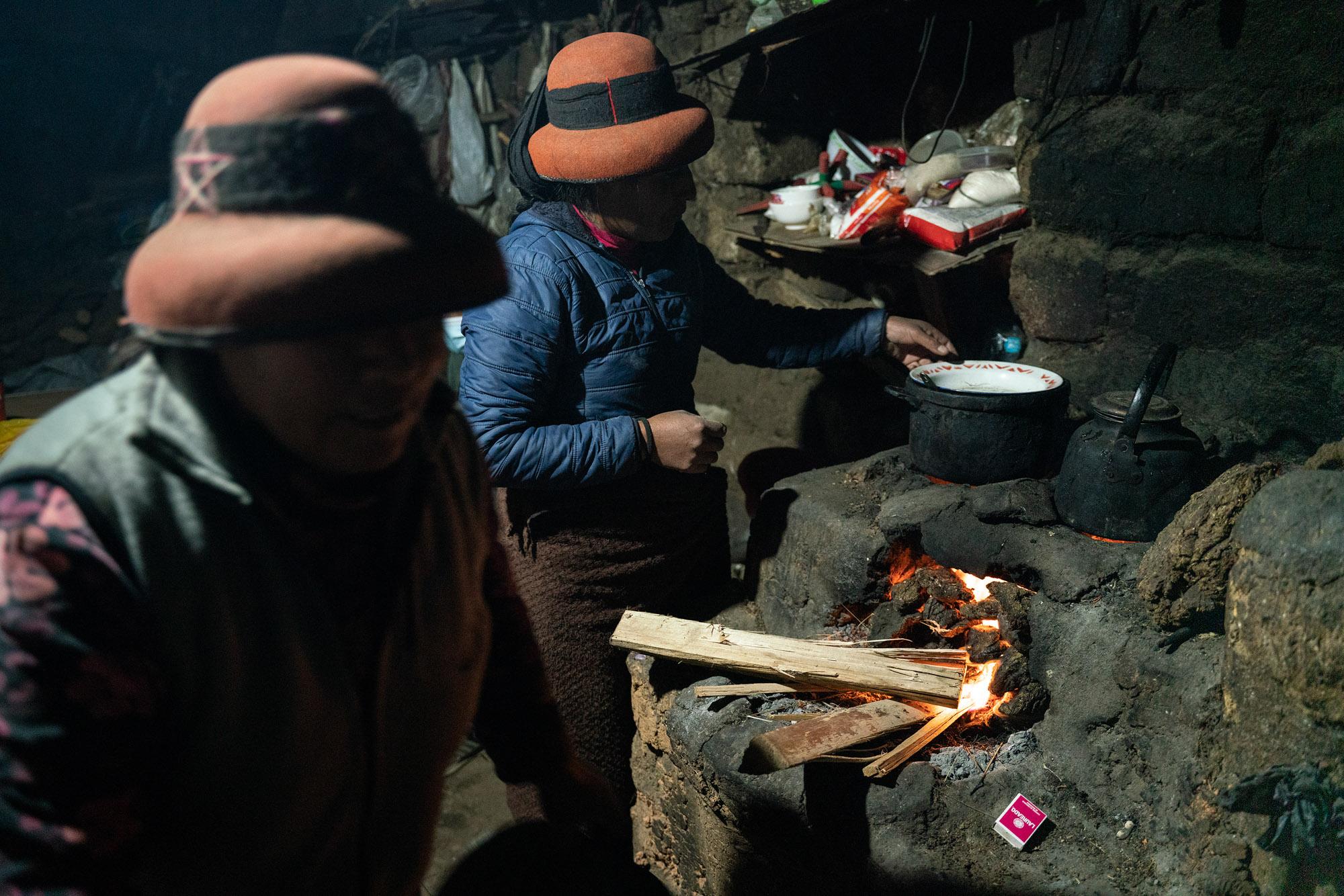
Two women members of the Chicñahui peasant community prepare food with firewood. Many of these communities do not have basic services such as water, electricity or gas. Peru
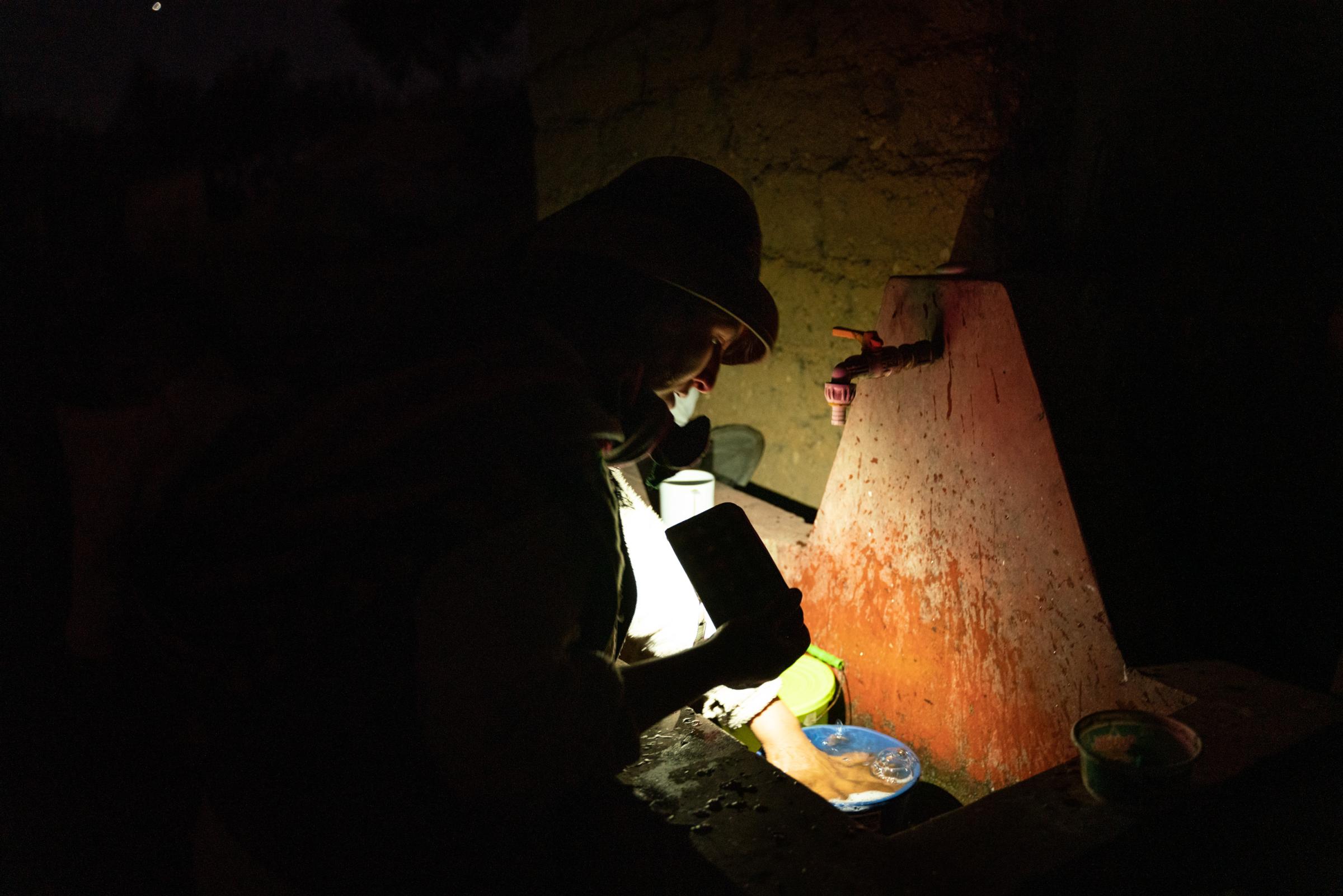
At six in the evening, Jovita must light up with her cell phone, which works thanks to a small power generator they have. Many of these communities do not have basic services such as electricity or water. Perú
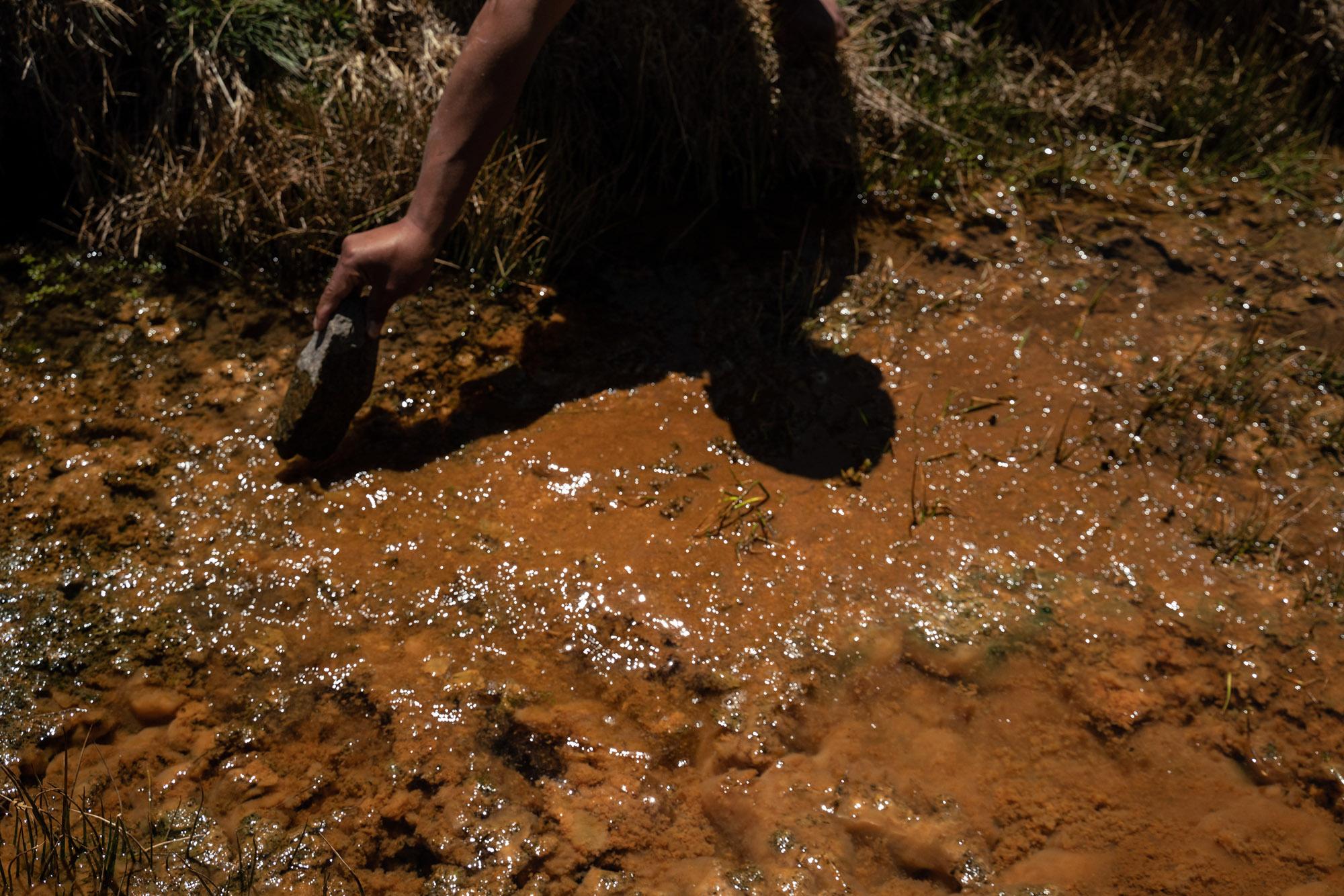
The waters of some rivers in Espinar look dark due to the presence of metals. Studies confirmed that populations in the province of Espinar are exposed to, among other toxic substances, arsenic, mercury and lead, which can cause damage to multiple systems in the human body, according to the World Health Organization (WHO). Nearby communities have denounced the spillage of mine tailings in the area. However, it has not since been determined whether mining activity is the cause of this pollution. Peru
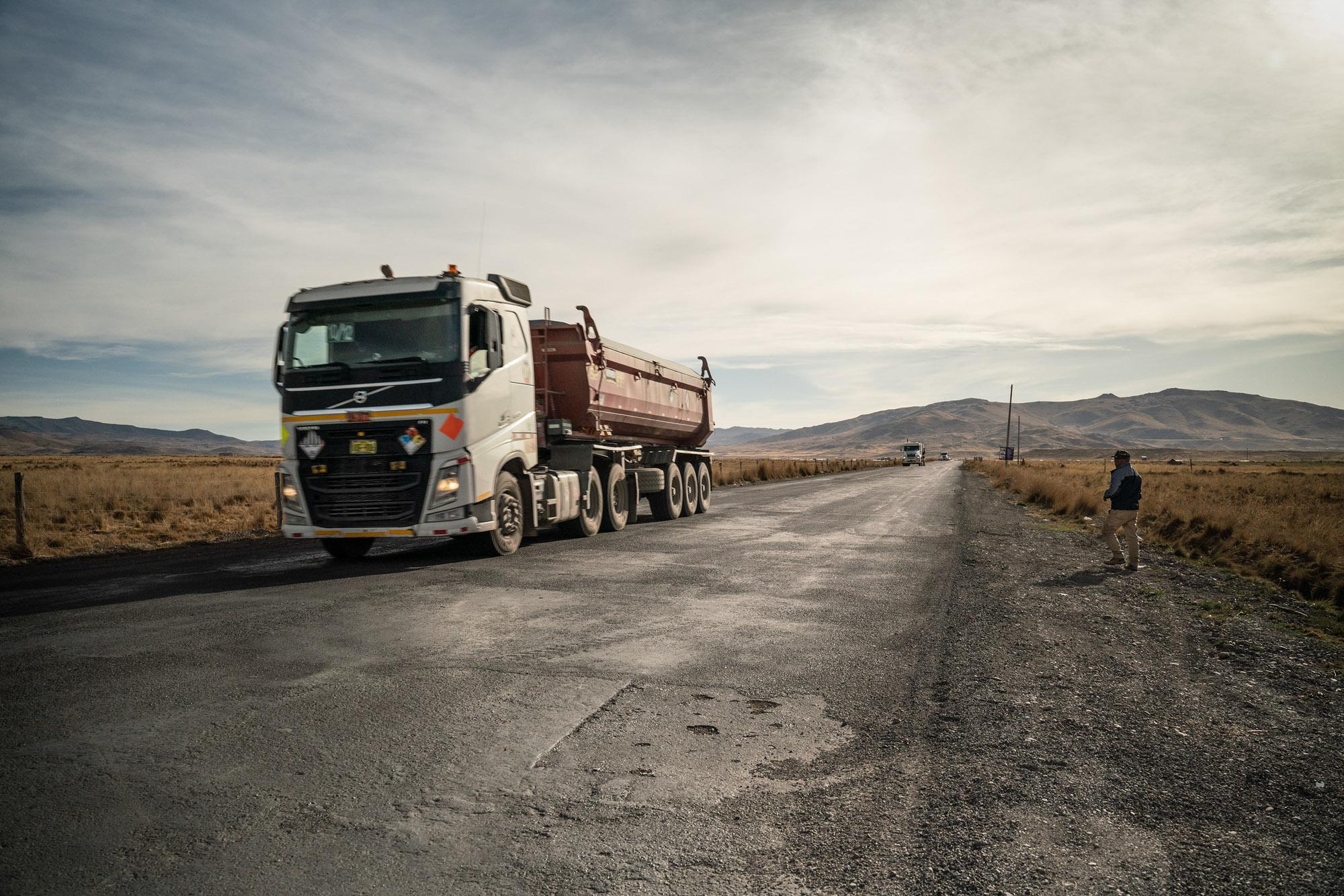
Every day 125 trucks carrying metal extracted from mining operations pass through the mining corridor to the port of Matarani in Arequipa region. Road building to service mining projects has been a source of conflict between communities and companies. Clashes in 2015 between protestors and police resulted in the deaths of four people and numerous injuries. Peru
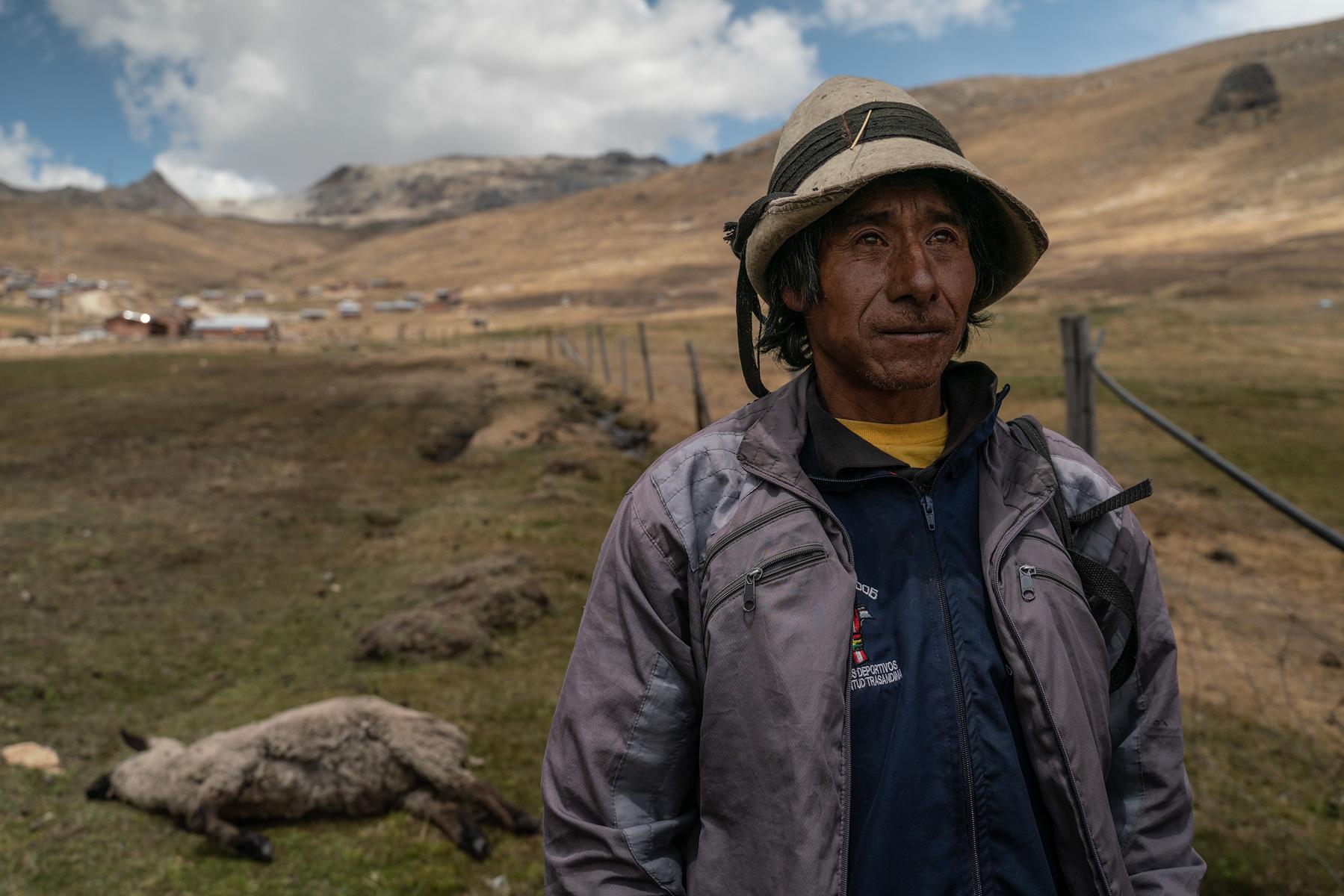
Fortunato Ccoscco Pérez, a sheep herder in the Huancuire community, near the Las Bambas mining expansion project, is worried because of the cattle. He doesn't know why sheep are dying. Peru

A resident of Espinar overlooks the Antapaccay copper mine from beyond its perimeter. There are fewer people living next to mining operations due to environmental changes. Peru

"At dawn this place is full of dust, all dark. Sometimes the water also comes muddy. It was different in the past", says Idelfonsa Achire, a livestock farmer and member of the Huisa community in Espinar, Peru.

View of the peasant community of Huancuire, in Apurímac, at about 4,000 meters above sea level. The community is close to the Las Bambas project, which accounts for 2% of the world's copper supply. Peru
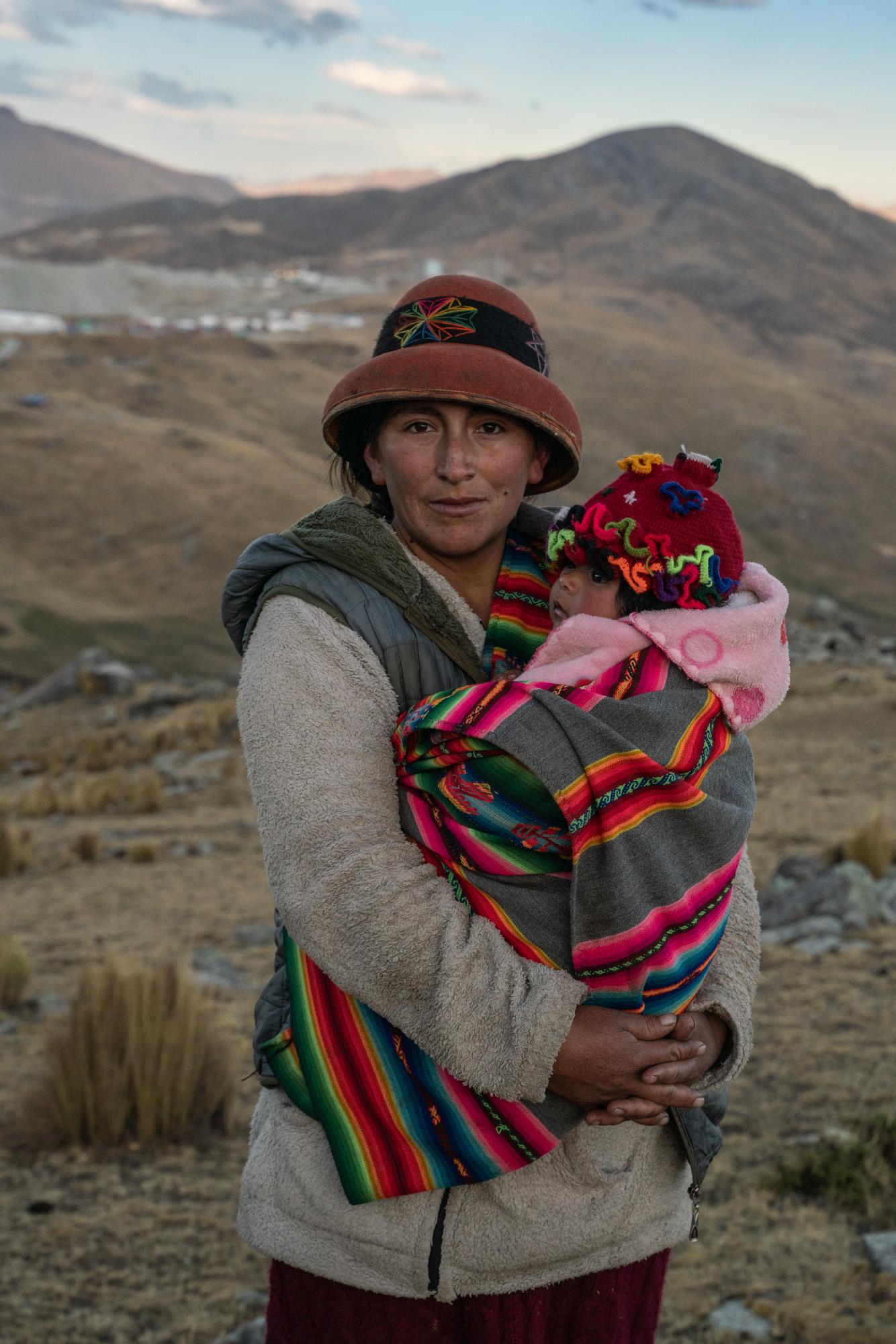
"Since the [copper processing] plant is here, it affects us badly because of the wind it brings, both the dust and the noise, everything is here," says Jovita Boza with her little girl from the top of her community. Perú

Livestock and agriculture are the main economic activities in this Andean zone. Several community members, who for years have lived next to the mining activity, denounce the death of their cattle due to the contamination of the water and the pastures they consume. Perú

Two women members of the Chicñahui peasant community prepare food with firewood. Many of these communities do not have basic services such as water, electricity or gas. Peru

At six in the evening, Jovita must light up with her cell phone, which works thanks to a small power generator they have. Many of these communities do not have basic services such as electricity or water. Perú

The waters of some rivers in Espinar look dark due to the presence of metals. Studies confirmed that populations in the province of Espinar are exposed to, among other toxic substances, arsenic, mercury and lead, which can cause damage to multiple systems in the human body, according to the World Health Organization (WHO). Nearby communities have denounced the spillage of mine tailings in the area. However, it has not since been determined whether mining activity is the cause of this pollution. Peru

Every day 125 trucks carrying metal extracted from mining operations pass through the mining corridor to the port of Matarani in Arequipa region. Road building to service mining projects has been a source of conflict between communities and companies. Clashes in 2015 between protestors and police resulted in the deaths of four people and numerous injuries. Peru

Fortunato Ccoscco Pérez, a sheep herder in the Huancuire community, near the Las Bambas mining expansion project, is worried because of the cattle. He doesn't know why sheep are dying. Peru